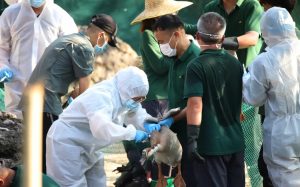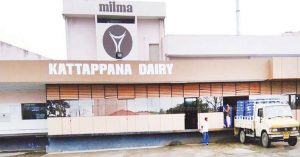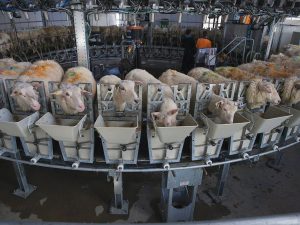Workers at Saputo Dairy Australia’s Burnie plant in Tasmania have taken to the picket lines, citing a significant pay gap compared to their mainland counterparts.
The strike, initiated by over 20 maintenance staff, underscores their frustration at earning between 15 to 21 percent less than those performing similar roles elsewhere in Australia.
According to Michael Wickham, state organiser for the Australian Manufacturing Workers’ Union, Tasmanian employees feel undervalued despite possessing higher skill levels and working in a more technically demanding environment. Saputo Dairy Australia, however, has yet to provide a clear explanation for the pay disparity, raising questions about the company’s commitment to equitable compensation.
Wickham highlighted a broader trend of workers across various industries in Tasmania advocating for fairer wages. He noted that similar discrepancies exist in other major factories, with employees consistently lagging behind their mainland counterparts in terms of pay.
Despite concerns that raising Tasmanian wages could jeopardize jobs, Wickham dismissed such fears, citing a robust business model and emphasizing that fair compensation benefits both workers and the local economy.
Saputo Dairy Australia’s acquisition of the Burnie plant from Lion Dairy and Drinks in 2019 marked a new chapter for the facility, known for producing specialty cheese brands. However, recent closures of facilities in Victoria and South Australia, along with considerations for the sale of the King Island dairy factory, underscore the evolving landscape of Australia’s dairy industry.
You can now read the most important #news on #eDairyNews #Whatsapp channels!!!
🇺🇸 eDairy News INGLÊS: https://whatsapp.com/channel/0029VaKsjzGDTkJyIN6hcP1K















